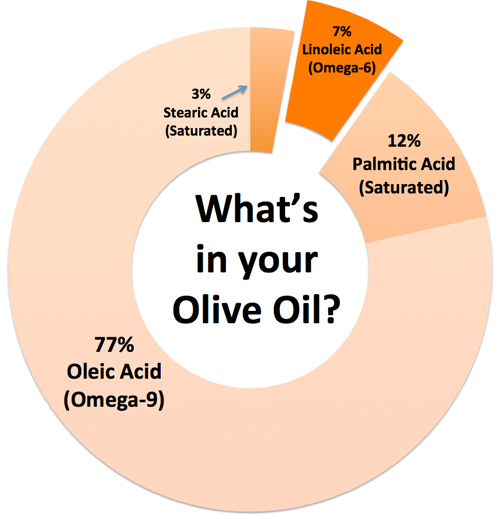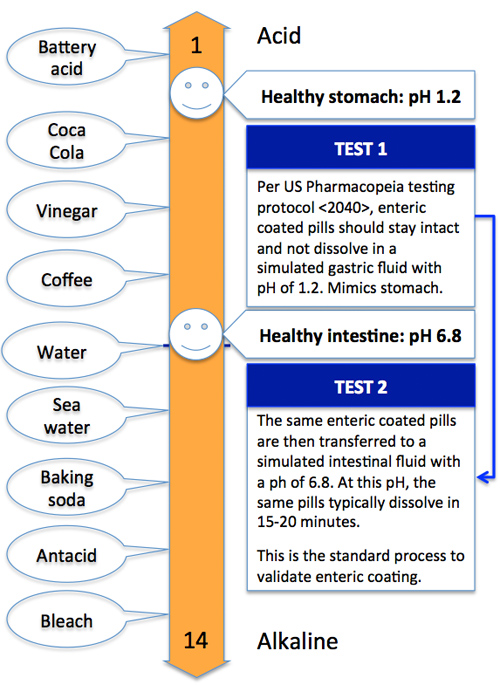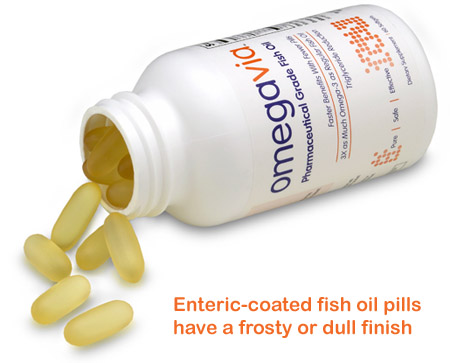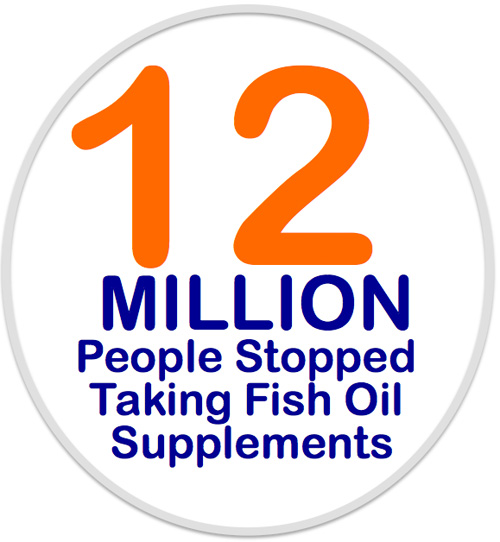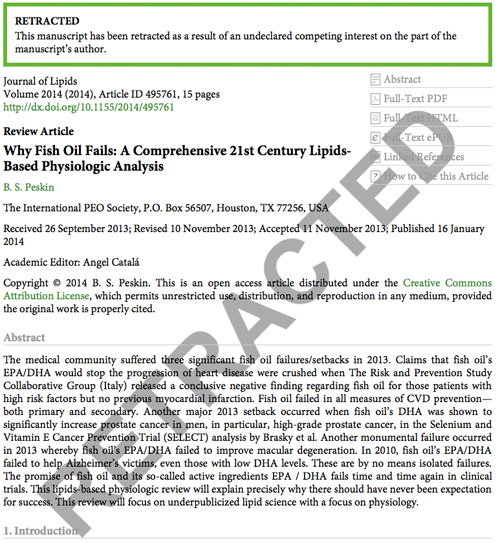People with high oxidized LDL are 4-times more likely to have heart attacks than those with low oxidized LDL.
Does this affect you? (It does.)
 I remember the Time magazine cover on the left. (Don’t we all?) But who paid attention to the one (right) published 15 years later?
I remember the Time magazine cover on the left. (Don’t we all?) But who paid attention to the one (right) published 15 years later?
Cholesterol particles are part of the ‘gunk’ that blocks clogged arteries.
And vegetable oils contain no cholesterol. They actually lower cholesterol.
These are reasons why vegetable oil has been promoted as a ‘healthy’ alternative to cholesterol-containing animal fats.
The popularity of vegetable seed oils
Our food supply is drowning in vegetable oils. They’re cheap. They’re from vegetables. They sound healthy. What’s not to like?
You’d think that with all that vegetable goodness, clogged arteries would be a thing of the past. But it’s not.
In the last few years, I’ve beat up on Omega-6-rich vegetable oils at every chance I get. Here and here. But that’s mostly because Omega-6 can increase inflammation. But getting the right balance of Omega-3 and 6 with fish and fish oil can offset some of that risk.
Vegetable seed oil consumption (lbs/year)
 Even though vegetable oils may reduce cholesterol, the net risk from increased Omega-6 intake is far higher than any presumed benefit from lowered cholesterol. Source: National Institute of Health
Even though vegetable oils may reduce cholesterol, the net risk from increased Omega-6 intake is far higher than any presumed benefit from lowered cholesterol. Source: National Institute of Health
If all you’re after is a ‘healthy’ ratio between Omega-3 and 6, well, then you can out-drown vegetable oils with fish oil. Right? Technically, yes. But there is a deadly flaw in this thinking.
There is a problem with excess Omega-6 that Omega-3 cannot cure. Actually, excess Omega-3 is just as much to blame. Are you listening fish-oil-glugging Crossfitters?
It has to do with your LDL cholesterol. Most of us know LDL as the ‘bad’ cholesterol, playing Joker to HDL’s Batman. But this aint the movies – it’s an over-simplified and inaccurate view of the situation because LDL is critical for healing and immune functions.
Omega-6, LDL and atherosclerosis
LDL particles get blamed because of their role in atherosclerosis. It’s not because too much LDL ‘clogs up your pipes,’ like a highway with too many cars. That too is an over-simplified and inaccurate notion. It’s a much more complicated and layered situation.
There are people with very high LDL who never get heart attacks. And those with low LDL that do. Yet, most cardiologists agree that LDL particle size and number should be watched.
Something happens to the LDL that causes it to ‘go rogue.’ And that something is oxidation.
You can leave a stick of butter or tub of coconut oil at room temperature and they won’t go rancid. The fats in these are ‘saturated’ and so they are inert – don’t go rancid.
Do the same with vegetable oil, flaxseed oil or Canola…and you have a stinky mess in a few weeks. Same with fish oil. Why? Because vegetable oils and fish oil have delicate polyunsaturated fats that can oxidize or go rancid when exposed to oxygen.
And that is a problem.
The problem with Oxidized LDL
The fats you eat end up on the outer membrane of each of your cells. So if you eat a lot of Omega-6-rich vegetable seed oils, your cell membranes will have a lot of Omega-6 fats.
Similarly, the membranes of the LDL particles will also contain high levels of Omega-6 fats. After all, you are what you eat.
The Omega-6 from those super-sized french fries ends up on your LDL particle. And it goes rancid while attached to the cell membrane of your LDL. It ‘rots on the vine’ so to speak.
In effect, your LDL particles become rancid.
Damaged. Oxidized.
It’s called Oxidized LDL (oxLDL). There are other reasons why LDL oxidizes but this one’s a biggie.
When the Omega-6 fats in your LDL cell membrane oxidizes, your immune system recognizes it as a threat to your arteries and blood vessels. And the clean-up process forms a plaque to protect you from harm. When these plaques fall apart after years of build up, inflammation and oxidation, you have the recipe for a heart attack.
The tipping point…
Seed oil driven oxLDL started when we began switching to vegetable oils from fear of animal fat and cholesterol (see graph above.) It started when we went low-fat and whole grain. When we went vegan. And when we stopped eating butter and started eating margarine, fast food and take-out.
I still remember my mom switching from butter to I Cant Believe Our Lifespan is so Short.
We thought we were doing the right things. But all of these things increase your Omega-6 load.
Remember that Time magazine cover with the sad bacon face? I do – I was in high school. I switched to soy sausages and low-fat milk on my frosted flakes. (Good Lord! What was I thinking?!)
While your great-grandmother had LDL particles too, hers had a lot of stable saturated and monounsaturated fats from eating butter, lard and tallow. Your LDL, on the other hand, contain delicate polyunsaturated fats from vegetable oils.
There is a difference. Your LDL is more likely to oxidize than Great-grandma Eunice’s.
The cardinal rule of Omegas
Our bodies are built to run on small quantities of Omega-3 and Omega-6. Both are essential, but in small quantities. Without either, you die. But the cardinal rule of Omegas 3 and 6 is small quantities.
Eat a Mickey Ds french fry? Oops! Your need for counter-balancing Omega-3s just went up. You’d better eat some salmon or a fish oil supplement. OK – technically, you’re ‘balanced.’ But your just broke the cardinal rule and entered a biological rabbit hole.
If you want out of the rabbit hole, the only solution is to cut out the Omega-6.
We’re in the middle of a never-before-conducted human experiment of cooking everything with vegetable oils. And we need to stop and think about the effects of eating incredibly artificial amounts of Omega-6.
Why you should care about oxidized LDL
People with high oxidized LDL (or oxLDL) are four times more likely to have heart attacks than those with low oxLDL.
You may gain comfort in knowing that vegetable oils reduce cholesterol, but it also oxidizes what’s left and possibly increases death rates from cardiovascular and coronary artery diseases. What’s the point? (I consider low cholesterol a bad thing, but more on that another day.)
OxLDL is involved in the early stages of heart disease and artery damage.
OxLDL is a much better predictor of heart disease than LDL and HDL. Certainly better than total cholesterol. LDL is a toss up – with it, you can predict heart disease half the time.
But with oxLDL, you can predict heart disease with 82% accuracy.
Small dense LDL, the kind that goes up with low-fat/high-carb diets, are particularly vulnerable to becoming oxidized and causing blocked arteries. Another reason to cut down on sugar and refined carbs.
Your body’s defense: natural, built-in antioxidants
Your liver expects some LDL oxidation, so it packs all LDL with CoQ10 for antioxidant protection. But that statin drug you’ve been taking for cholesterol reduction…well, it wipes out your CoQ10 production.
Oops!
So…you’re gulping down Omega-6 fats…and your cholesterol meds have wiped out the only protection your body can offer you.
Nice going!
 Cholesterol lowering statin drugs reduce CoQ10 that your liver bundles with LDL to protect it from oxidation.
Cholesterol lowering statin drugs reduce CoQ10 that your liver bundles with LDL to protect it from oxidation. Adapted from Folkers et al., Lovastatin decreases coenzyme Q levels in humans. Proc Natl Acad Sci U S A. 1990 Nov;87(22):8931-4.
Doctors are still quick to prescribe statin drugs for lowering cholesterol, without much discussion about the risk of excess vegetable oils or oxLDL.
In some people, this added risk from statins is worth it. Is it for you? Ask your doctor. For me, no.
In the next installment, we’ll take a look at some of the factors that increase LDL oxidation and steps you can take to protect yourself. Hint: you can’t take a pill to reverse oxLDL. Sorry.
| DISCLAIMER: This website is for your education and general health information only. The ideas, opinions and suggestions contained on this website are not to be used as a substitute for medical advice, diagnosis or treatment from your doctor for any health condition or problem. Users of this website should not rely on information provided on this website for their own health problems. Any questions regarding your own health should be addressed to your own physician. Please do not start or stop any medications without consulting with your doctor. We neither encourage you to do so, nor can we be held responsible for the fall out of failing to seek the counsel of a medical health practitioner. |
 About the Author: Vin Kutty, M.S., is OmegaVia’s Scientific Advisor and Chief Blogger. He is a nutritionist, author, and Omega-3 expert with over 20 years of experience.
About the Author: Vin Kutty, M.S., is OmegaVia’s Scientific Advisor and Chief Blogger. He is a nutritionist, author, and Omega-3 expert with over 20 years of experience.
The post What your Doctor is Not Telling You About Oxidized LDL Cholesterol appeared first on Omegavia.





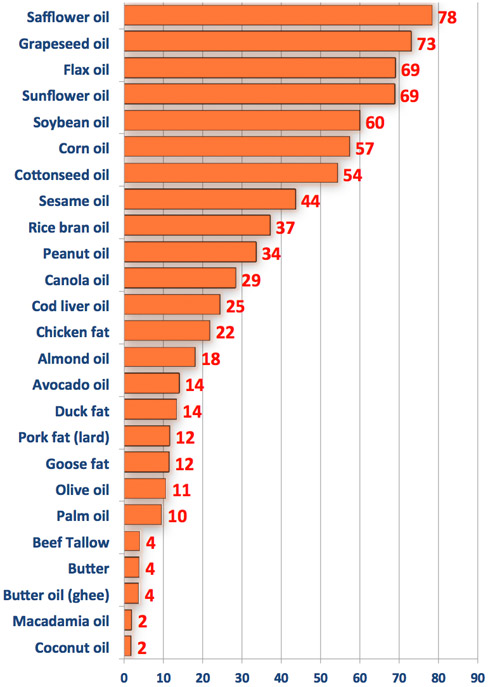 Percentage of delicate fatty acids in oils. This combines both Omega-6 and Omega-3 fats. Source: USDA Nutrition Database.
Percentage of delicate fatty acids in oils. This combines both Omega-6 and Omega-3 fats. Source: USDA Nutrition Database.
 The level of pro-inflammatory and easily oxidized Omega-6 fat (Linoleic Acid) in subcutaneous body fat stores has increased 200% in the last half century. Adapted from:
The level of pro-inflammatory and easily oxidized Omega-6 fat (Linoleic Acid) in subcutaneous body fat stores has increased 200% in the last half century. Adapted from: 
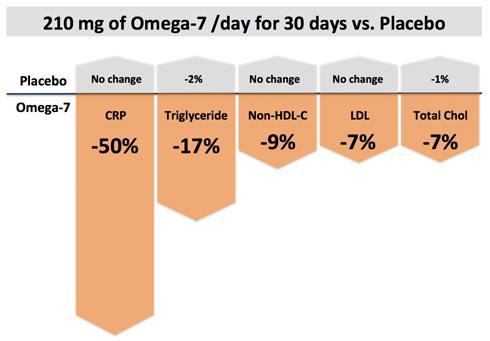
 A lesson for grown-ups: kids naturally know where to get their probiotics.
A lesson for grown-ups: kids naturally know where to get their probiotics.
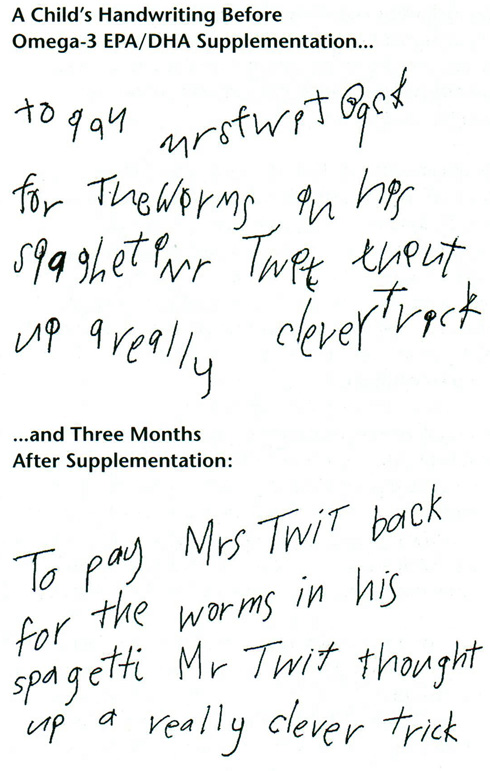 An example of what Omega-3 did for a 9 year old child with developmental coordination disorder. The handwriting (above) is from the Oxford-Durham Trials that set a milestone in our understanding of how Omega-3 affects children.
An example of what Omega-3 did for a 9 year old child with developmental coordination disorder. The handwriting (above) is from the Oxford-Durham Trials that set a milestone in our understanding of how Omega-3 affects children.
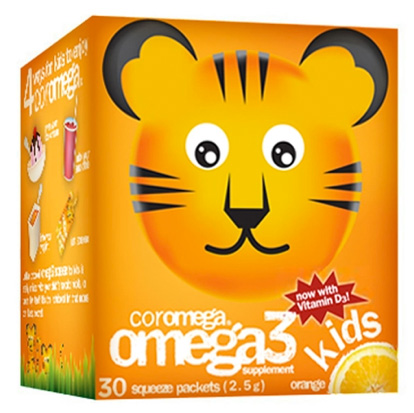
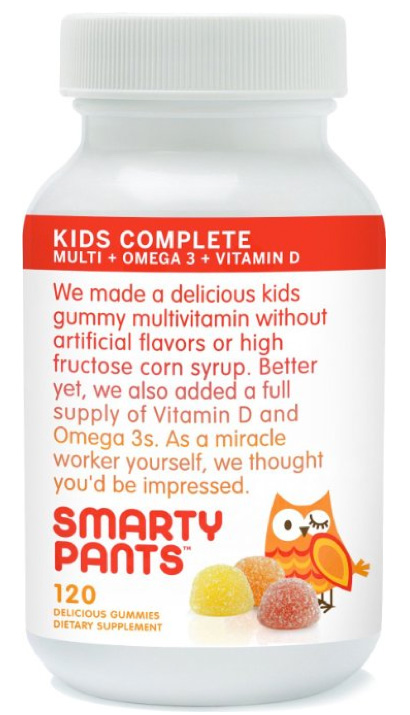




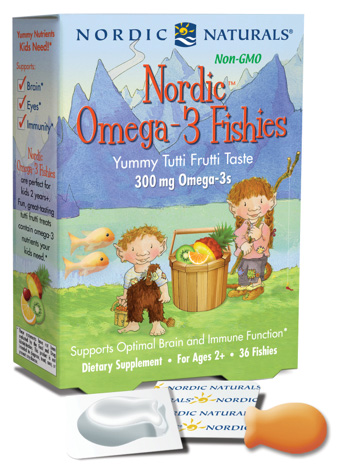

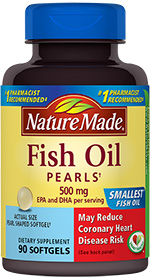


 It appears like pirates are headed for extinction. Source: wikipedia
It appears like pirates are headed for extinction. Source: wikipedia

 Omega-3 Index and risk for cardiac arrest. Several studies have linked 70 to 90% risk reduction in people with the highest Omega-3 index. Source:
Omega-3 Index and risk for cardiac arrest. Several studies have linked 70 to 90% risk reduction in people with the highest Omega-3 index. Source:  C-Reactive Protein and relative risk of first heart attack. People with the highest CRP have a 4-fold increased risk for heart attacks. Source:
C-Reactive Protein and relative risk of first heart attack. People with the highest CRP have a 4-fold increased risk for heart attacks. Source:  Triglyceride to HDL ratio is a reliable predictor of heart attacks. People with the highest levels are 16-times more likely to suffer heart attacks than those with the lowest. Source:
Triglyceride to HDL ratio is a reliable predictor of heart attacks. People with the highest levels are 16-times more likely to suffer heart attacks than those with the lowest. Source: 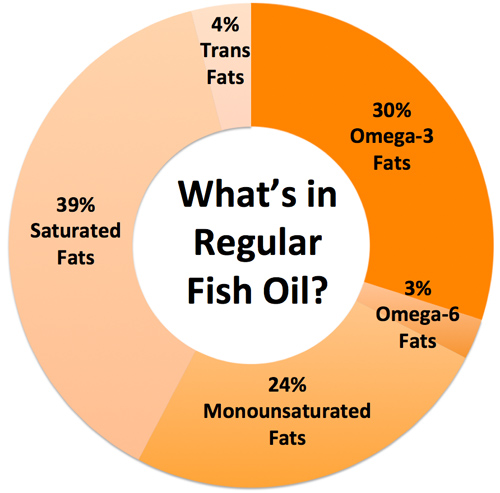 Regular fish oil (above) often seen in grocery, drug and warehouse stores contain about 25-30% healthy Omega-3 fats but also contain naturally occurring saturated, monounsaturated and trans fats.
Regular fish oil (above) often seen in grocery, drug and warehouse stores contain about 25-30% healthy Omega-3 fats but also contain naturally occurring saturated, monounsaturated and trans fats.
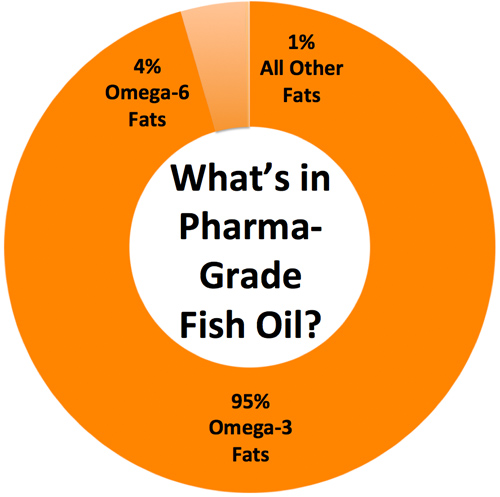 Pharmaceutical grade fish oils are highly concentrated and contain at least 85% Omega-3. This helps you take fewer (or smaller) pills.
Pharmaceutical grade fish oils are highly concentrated and contain at least 85% Omega-3. This helps you take fewer (or smaller) pills.

 Most of our Omega-6 fats come from vegetable seed oils made from soy, corn, canola, cottonseed, sesame, sunflower, safflower, and peanut.
Most of our Omega-6 fats come from vegetable seed oils made from soy, corn, canola, cottonseed, sesame, sunflower, safflower, and peanut.


